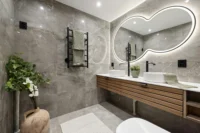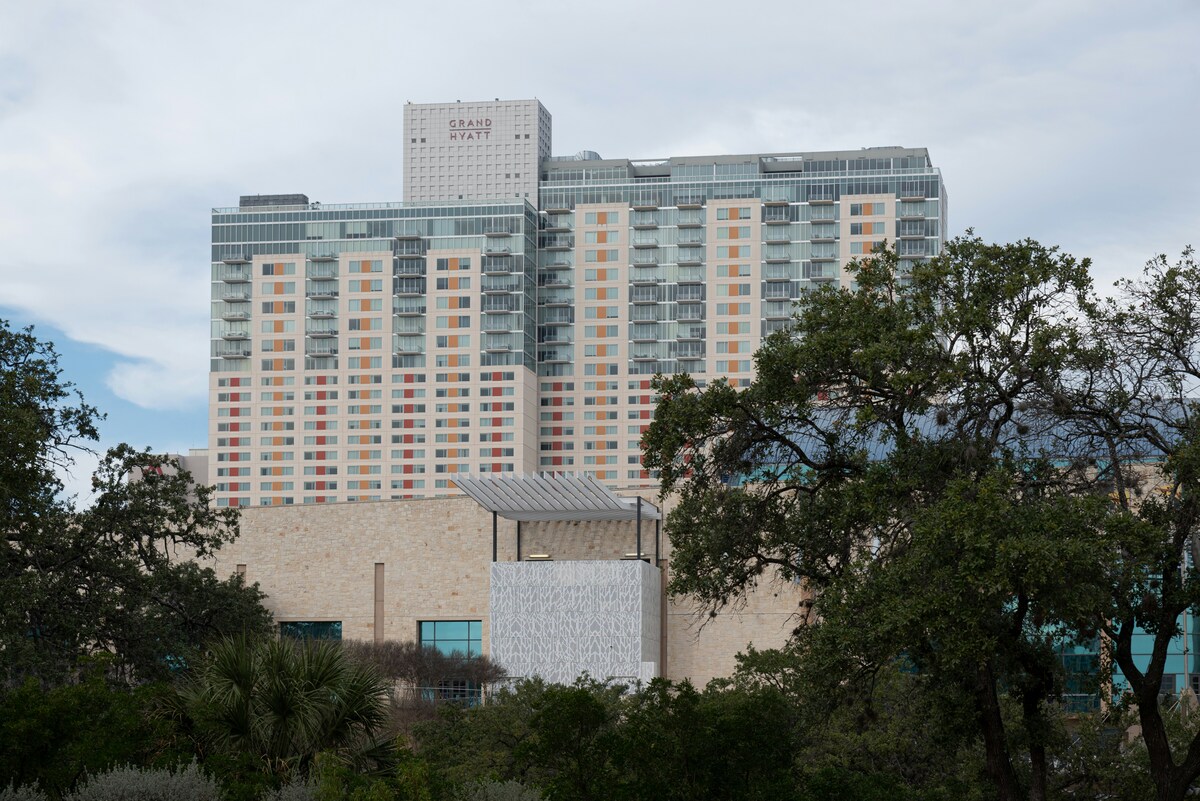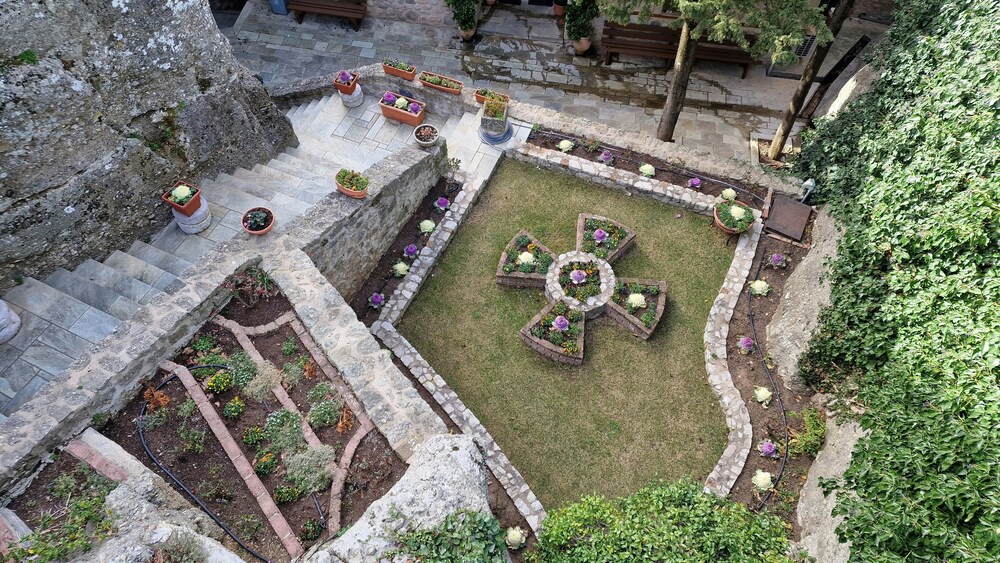- Home
- Articles
- Architectural Portfolio
- Architectral Presentation
- Inspirational Stories
- Architecture News
- Visualization
- BIM Industry
- Facade Design
- Parametric Design
- Career
- Landscape Architecture
- Construction
- Artificial Intelligence
- Sketching
- Design Softwares
- Diagrams
- Writing
- Architectural Tips
- Sustainability
- Courses
- Concept
- Technology
- History & Heritage
- Future of Architecture
- Guides & How-To
- Art & Culture
- Projects
- Interior Design
- Competitions
- Jobs
- Store
- Tools
- More
- Home
- Articles
- Architectural Portfolio
- Architectral Presentation
- Inspirational Stories
- Architecture News
- Visualization
- BIM Industry
- Facade Design
- Parametric Design
- Career
- Landscape Architecture
- Construction
- Artificial Intelligence
- Sketching
- Design Softwares
- Diagrams
- Writing
- Architectural Tips
- Sustainability
- Courses
- Concept
- Technology
- History & Heritage
- Future of Architecture
- Guides & How-To
- Art & Culture
- Projects
- Interior Design
- Competitions
- Jobs
- Store
- Tools
- More
Balancing Style and Function: Key Design Elements for High-Performance Commercial Kitchens

When it comes to designing a high-performance commercial kitchen, the balance between style and function is essential. A kitchen that looks great but is inefficient can quickly lead to operational headaches, while a purely functional space may feel uninspiring to work in. Striking the right balance between aesthetics and practicality ensures the kitchen is not only efficient but also a space that fosters creativity and a positive atmosphere for staff and customers alike.
In this article, we will explore the key elements involved in designing a commercial kitchen that excels in both form and function.
Table of Contents
ToggleWhy is Kitchen Design So Important for Commercial Kitchens?
A well-thought-out kitchen design has a profound impact on the overall performance of a restaurant or foodservice operation. It goes beyond just looking appealing—efficient design influences workflow, productivity, and safety, directly affecting the quality and speed of service.
First and foremost, efficiency is a key driver in any commercial kitchen. A well-planned layout reduces unnecessary movement, helps streamline cooking processes, and minimizes wait times. A thoughtful kitchen design can lead to faster prep times, smoother transitions between different workstations, and quicker service delivery to customers, ultimately boosting operational efficiency.
Aesthetic considerations, on the other hand, play an equally important role. A visually appealing kitchen isn’t just a matter of luxury; it enhances the overall atmosphere of a restaurant, making both staff and customers feel more comfortable. Whether the kitchen is visible to customers or tucked away in a back corner, creating a clean, organized, and stylish workspace sends a message of professionalism and attention to detail.

What are the Key Functional Elements in High-Performance Commercial Kitchens?
Creating a high-performance commercial kitchen requires a focus on several critical functional elements. These elements ensure the kitchen operates smoothly, effectively, and safely.
- Ergonomics: Workstations should be designed to minimize strain on the body, allowing for comfortable movement and easy access to tools and ingredients.
- Space Planning: Proper space allocation allows for safe and efficient movement throughout the kitchen, optimizing both workflow and accessibility.
- Workflow Efficiency: The layout of the kitchen should support the natural flow of work, minimizing the need for backtracking or excessive walking.
- Equipment Layout: The strategic arrangement of commercial kitchen equipment ensures that essential tools are within easy reach, improving both speed and accuracy during food preparation and service.
How Does Equipment Layout Influence Kitchen Efficiency?
The layout of a commercial kitchen directly influences how efficiently the space can be utilized. Placing equipment in strategic locations reduces unnecessary movement, minimizes congestion, and supports a more fluid workflow.
For example, placing prep stations near refrigerators or ovens ensures that food can be prepared and cooked without wasted time spent walking across the kitchen. Similarly, having utensils and small appliances within arm’s reach helps maintain a smooth, uninterrupted flow of tasks.
Here are a few common layout options:
- Assembly Line Layout: Often used in fast-food kitchens, this setup places each workstation in a linear sequence, allowing tasks to be completed in order without requiring excessive movement.
- Island Layout: A central island allows chefs to move around the workspace, providing flexibility for multiple tasks while encouraging interaction between staff members.
- Zone-Based Layout: Dividing the kitchen into specific zones for prep, cooking, cleaning, and storage helps to create a more organized, compartmentalized space that minimizes clutter.
What Role Does Ergonomics Play in Kitchen Design?
Ergonomics is a critical factor in kitchen design, as it directly affects the comfort, efficiency, and safety of kitchen staff. When designing a kitchen, ergonomic considerations can help reduce physical strain on workers, which in turn improves productivity and reduces the risk of injury.
For example, workstations should be designed with adjustable heights to accommodate different body types, ensuring chefs and kitchen staff don’t have to strain while working. Reach distances should also be considered—storing essential tools and ingredients within easy reach helps reduce unnecessary stretching or bending.
Here are some ergonomic tips for designing a kitchen:
- Adjustable Workstations: Ensure prep tables and counters can be adjusted to the ideal height for different tasks.
- Optimized Reach Distances: Place frequently used tools, utensils, and ingredients within arm’s reach to minimize the need for excessive bending or stretching.
- Flooring Considerations: Use cushioned, non-slip flooring to reduce stress on the feet and legs during long hours of standing.

How to Achieve the Perfect Balance Between Style and Function?
Achieving the perfect balance between style and function in kitchen design requires a thoughtful approach, blending practicality with aesthetic appeal. Here’s a step-by-step guide to help you create a space that both looks great and performs optimally:
Step 1: Assess Kitchen Size and Flow
Begin by assessing the size and layout of your kitchen. Consider the flow of the space and how different areas will interact. Ensure that the design supports a smooth transition between tasks, from prep to cooking to plating.
Step 2: Choose Durable Materials
Select materials that will withstand the demands of a high-performance kitchen. Stainless steel, granite, and durable flooring materials are essential to ensure both longevity and ease of maintenance. However, these materials can also be stylish, contributing to a modern, polished look.
Step 3: Integrate Stylish but Practical Design Features
A functional kitchen doesn’t have to be plain or unattractive. Incorporate stylish elements, such as sleek lighting fixtures, custom cabinetry, or decorative accents, to give the space personality. Just ensure that these features don’t interfere with the practical use of the kitchen.
What Are the Most Important Design Principles to Follow?
When designing a commercial kitchen, it’s important to adhere to a few key design principles that ensure the space is both functional and visually appealing. These principles provide a solid foundation for any kitchen design project.
- Simplicity: A clean, uncluttered design enhances both functionality and visual appeal. Avoid overly complicated layouts or unnecessary features that could create confusion or impede workflow.
- Consistency: Consistent design elements, from colors to materials, create a cohesive and polished look.
- Flexibility: Design with the future in mind. Ensure that the space can adapt to changes in the kitchen’s workflow or the introduction of new equipment.
- Durability: High-traffic commercial kitchens require durable materials and finishes to withstand constant use.
- Visual Appeal: While function is paramount, don’t overlook the importance of aesthetics. A well-designed kitchen can boost staff morale and create a welcoming environment for customers.
How Do Materials Affect Both Style and Function?
Materials play a significant role in both the aesthetic and functional aspects of a commercial kitchen. The right materials contribute to the overall style of the kitchen while also ensuring that the space can withstand the wear and tear of daily use.
Countertops, Flooring, and Walls
Choosing the right materials for countertops, flooring, and walls is essential for both functionality and style. Stainless steel is a common choice for countertops due to its durability, ease of cleaning, and modern look. Granite or quartz countertops can provide both durability and an elegant appearance. For flooring, non-slip materials like rubber or vinyl are essential for safety, while also contributing to the overall design.
Here’s a quick breakdown of common materials and their properties:
- Stainless Steel: Durable, easy to clean, and resistant to heat and corrosion.
- Granite: A high-end material known for its elegance and durability, ideal for countertops.
- Wood: Offers a warm, natural look, often used in accents or specialty areas like butcher blocks.
- Ceramic Tiles: Popular for walls and backsplashes, they are easy to clean and available in various styles.
What Materials Are Best for Durability and Function in Commercial Kitchens?
When it comes to durability and functionality, certain materials stand out in commercial kitchens. These materials can endure heavy use while maintaining their appearance and performance over time.

- Stainless Steel: An industry standard for countertops, sinks, and backsplashes, offering long-lasting durability and resistance to stains.
- Concrete: A modern, durable material that can be customized to fit a variety of design styles.
- Rubber Flooring: Ideal for reducing fatigue and preventing slips, commonly used in high-traffic areas.
- Quartz: A durable, low-maintenance option for countertops that offers both beauty and function.
How Do Lighting and Color Schemes Affect Kitchen Design?
Lighting and color schemes play an often-overlooked role in kitchen design, yet they have a significant impact on both the functionality and ambiance of the space. Proper lighting enhances workflow, while thoughtful color choices contribute to a pleasant, professional environment.
Lighting Tips for Different Zones:
- Task Lighting: Focused light over cooking stations, prep areas, and sinks to enhance visibility.
- Ambient Lighting: Provides general illumination, contributing to a well-lit, comfortable environment.
- Accent Lighting: Adds visual interest and can highlight specific areas of the kitchen or design features.
Color Schemes that Complement Both Style and Function:
- White and Silver: Offers a clean, professional look, often used in commercial kitchens.
- Neutral Tones: Earthy colors like beige or gray create a calm, welcoming environment.
- Bold Accents: Bright accents like red or yellow can add vibrancy to the space, creating a lively atmosphere.
Conclusion
Balancing style and function in commercial kitchen design is no easy feat, but the effort pays off in both the performance of the kitchen and the overall satisfaction of staff and customers. By focusing on ergonomics, workflow, and aesthetics, you can create a space that not only looks great but also enhances efficiency and productivity. With thoughtful design choices, from materials to layout to lighting, a well-balanced kitchen can be a significant asset for any business, offering long-term benefits in both style and function.
Submit your architectural projects
Follow these steps for submission your project. Submission FormLatest Posts
Light of Tomorrow by VELUX 2026
This competition encourages architects to design visionary spaces where natural light drives...
Top 10 Online Platforms to Find Apartments for Rent in San Antonio
San Antonio, Texas, with its vibrant culture, historical landmarks, and strong job...
Useful Tips for Planning A Backyard Layout That Feels Spacious
Creating a backyard that feels spacious can transform your outdoor experience, making...
American Architecture Styles That Shaped a Nation
Explore American architecture styles from Colonial to modern—key features, icons, and timelines...












Leave a comment